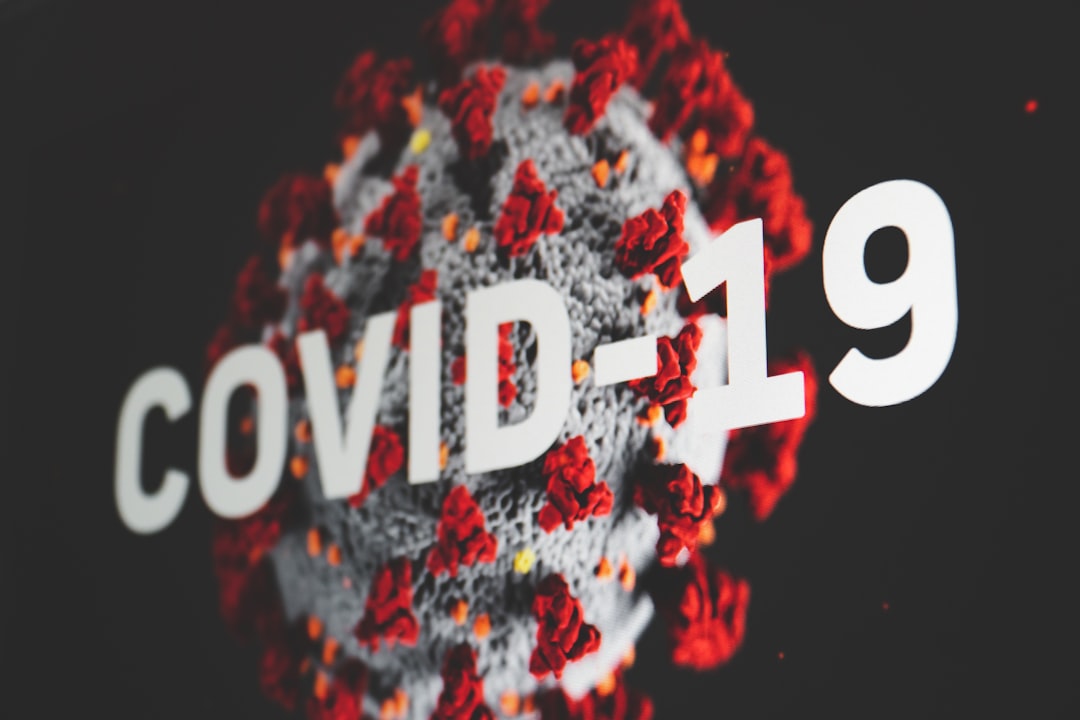What is it about?
In available literature it is possible to find reports regarding the application of compression clothing for patients after breast cancer treatment, only within the scope of the upper limb on the operated side. The impetus to conduct such research was the swelling observed on most of my patients, located on the side section of the chest. A lack of reports in literature, the discomfort reported by patients, their own feelings associated with additional scarring, difficulties in selecting underwear due to the growing lymphatic fluid repository on the side of the chest became the inspiration to initiate studies. These were the first in Poland, pilot studies regarding the application of chest post-mastectomy compression therapy. For every patient operated and/or irradiated due to breast cancer, there occurs at the very least a “dormant” lymphatic drainage disorder on the afflicted side, even if there is still a lack of visible edema. It is therefore discouraged to force the decongestion towards the so called “drainage barrier”. The effect of applied CTD methods should concentrate on stimulating lymphangio-motorics of the functional and existing vessels, which make it possible to move the high-protein fluid deposited in the interstitium so far, as to reach the skin areas, where the physiological lymphatic drainage is fully functional. These substitute drainage areas in the case of lymphedema of the upper limb (underarm barrier) are usually located in the torso.
Featured Image
Why is it important?
The results were surprisingly positive (statistically significant) – even in such a heterogeneous group in terms of time since surgery. During the six-month observation, the thickness of the subcutaneous tissue, and therefore the size of the swelling, was on average reduced by up to 12%. These are very important findings, considering patients with chronic lymphedema. Most of all, these results bring hope and opportunity for those patients, for which lymphatic drainage has not provided the expected improvement. The above study is the first article available in literature regarding the application and effect of class I compression corsets in reducing lymphedema after surgical breast cancer treatment with axillary lymphadenectomy, monitored using the objective and repeatable ultrasound method.Mentioning quality of life so often, it seemed important to evaluate patients taking part in the study in terms of their comfort related to wearing the corset, breathability of the material it is made of, reaction of the patients’ skin on that material, considering that some of the patients underwent chest irradiation on the side of the surgery. I have also asked whether or not the corset prevents the development of edema in their opinion. The patient’s feelings were very positive after the six-month period of wearing the corsets, during the day as well as night. I have received 100% answers to every question. As many as 70% of the study participants indicated very high comfort while wearing the corset and none of the patients expressed negative opinions.
Perspectives
In my assessment, these statistically significant results should be an indication to include compression corset treatment into the applicable treatment procedures.They are comfortable, aesthetic, practical, and most importantly enable compression of the specified areas of the body 24 hours a day (with the obvious exception of hygiene activities). There is a need to develop generally accepted rehabilitation protocols for breast cancer patients, taking into account the broad, modern and comprehensive approach to physiotherapeutic treatment and objective imaging methods .I am currently also conducting clinical studies regarding the application of compression corsets with patients after breast and latissimus dorsi muscle reconstruction titled: Assessment of the functioning of patients treated surgically due to breast cancer depending on the applied surgical method and supplementary treatment. The studies have so far lasted 1,5 years. The first observations are very positive in relation to the control group. Reduction of pain ailments, prevention of edema development (this is a very broad procedure, also encompassing the dorsal section of the chest), possibility of early inclusion of exercises – all this results in functional improvement, prevents adverse consequences of surgical treatment. However, gathering a sufficient number of patients after this type of procedure requires a long time. In spite of that, I am hopeful that also in this case the application of class I compression corsets will enable the patients a quicker recovery of maximum motor functions and prevent adverse consequences associated with surgical breast cancer treatment. Also, a study describing the application of compression corsets in palliative care is currently in preparation for print. This raises huge hopes due to the difficulties and contraindications related to physiotherapeutic procedures in cases of active oncological disease. I am hopeful, that such corsets will be a certain alternative for bedridden patients covered by palliative care and will result in the improvement of their quality of life.
Rita Hansdorfer-Korzon
Gdanski Uniwersytet Medyczny
Read the Original
This page is a summary of: Are compression corsets beneficial for the treatment of breast cancer-related lymphedema? New opportunities in physiotherapy treatment – a preliminary report, OncoTargets and Therapy, April 2016, Dove Medical Press,
DOI: 10.2147/ott.s100120.
You can read the full text:
Contributors
The following have contributed to this page










